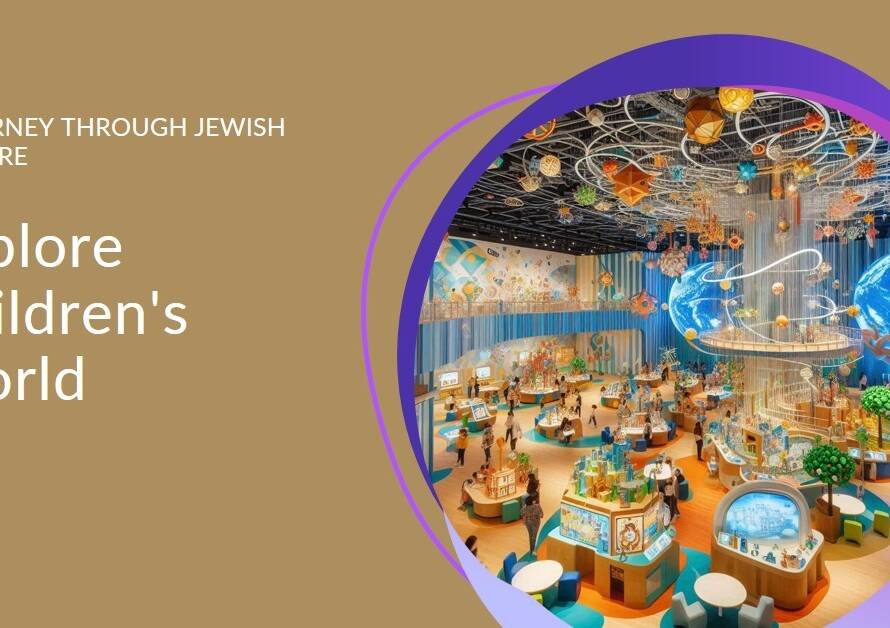
Table of Contents
- Understanding Environmental Graphic Design
- The Role of Sustainability in EGD
- Key Elements of EGD
- The Importance of Wayfinding
- Branding in Environmental Design
- Materials and Fabrication
- Integrating Technology
- Case Studies in EGD
- The Future of Environmental Graphic Design
- Conclusion: The Impact of EGD
Understanding Environmental Graphic Design
Environmental graphic design (EGD) merges the fields of architecture, landscape, and graphic design. It aims to create experiences that connect people to places through visual storytelling. This multidisciplinary approach is not merely about aesthetics; it’s about crafting spaces that communicate, inspire, and guide.
EGD encompasses a broad range of applications, from wayfinding systems in airports to immersive branding in retail environments. It seeks to enhance the user experience by integrating graphic elements within the built environment. As a result, designers need to understand both spatial dynamics and graphic principles.
The Role of Sustainability in EGD
In recent years, sustainability has become a core consideration in environmental graphic design. This shift is driven by increasing awareness of environmental issues and the need for eco-friendly practices. Designers are now expected to create solutions that are not only visually appealing but also environmentally responsible.
Sustainable EGD involves selecting materials that have minimal environmental impact, such as recycled or renewable resources. Additionally, energy-efficient lighting and production processes that reduce waste and carbon emissions are critical aspects. By embracing sustainability, designers contribute to the broader goal of environmental preservation.
Key Elements of EGD
Environmental graphic design is built on several key elements that work together to create cohesive and engaging spaces. These elements include wayfinding systems, identity graphics, and interpretive displays.
Wayfinding systems are essential in helping users navigate complex environments like hospitals, universities, and airports. These systems use signs, maps, and symbols to provide clear and intuitive directions. Identity graphics, on the other hand, reinforce the brand and character of a space, often incorporating logos, color schemes, and typography to create a unified visual identity.
The Importance of Wayfinding
Wayfinding is a critical component of EGD, as it directly impacts how people interact with and move through a space. Effective wayfinding design reduces stress and enhances the user experience by providing clear, concise, and consistent information.
To achieve successful wayfinding, designers must consider the user’s perspective, ensuring that signs are visible, readable, and logically placed. The use of universal symbols and multilingual signage can also help accommodate diverse audiences. By prioritizing wayfinding, designers create environments that are accessible and user-friendly.
Branding in Environmental Design
Branding plays a significant role in environmental graphic design, as it helps establish a connection between the space and its users. Through thoughtful integration of brand elements, designers can create environments that reflect the identity and values of a business or organization.
This process often involves the use of color, typography, and imagery that align with the brand’s visual language. In retail spaces, for example, branding can influence customer perception and behavior, enhancing the overall shopping experience. By embedding brand identity into the environment, designers create memorable and impactful spaces.
Materials and Fabrication
The choice of materials and fabrication methods is crucial in EGD, as it affects both the aesthetic quality and environmental impact of the project. Designers must balance durability, cost, and sustainability when selecting materials for signs, displays, and other graphic elements.
Common materials in EGD include metals, plastics, and wood, each offering unique properties and applications. Advances in technology have also introduced new sustainable options, such as biodegradable plastics and recycled composites. By carefully considering material choices, designers can create environmentally friendly solutions that do not compromise on quality or functionality.


Integrating Technology
Technology plays an increasingly important role in environmental graphic design, offering new opportunities for creativity and efficiency. Digital signage, interactive displays, and augmented reality (AR) are just a few examples of how technology can enhance EGD.
Digital signage allows for dynamic and adaptable content, which can be easily updated to reflect changing information or promotions. Interactive displays engage users in a more immersive experience, while AR can overlay digital information onto the physical environment, providing additional layers of context and engagement. By leveraging technology, designers can create innovative and responsive environments.
Case Studies in EGD
Examining successful case studies can provide valuable insights into the principles and practices of environmental graphic design. One notable example is the wayfinding system at Schiphol Airport in Amsterdam, which is renowned for its clarity and effectiveness.
The design team utilized color-coding, clear typography, and strategic placement to guide passengers seamlessly through the airport. Another example is the branding and signage at the High Line in New York City, where the integration of natural and industrial elements creates a unique and cohesive experience. These case studies highlight the importance of thoughtful design and execution in EGD.
The Future of Environmental Graphic Design
As the field of environmental graphic design continues to evolve, several trends and innovations are shaping its future. Sustainability remains a key focus, with designers seeking new ways to minimize environmental impact while maintaining high standards of creativity and functionality.
Additionally, the integration of smart technology and data analytics is set to revolutionize EGD. By collecting and analyzing data on user behavior, designers can create more personalized and efficient environments. This data-driven approach allows for continuous improvement and adaptation, ensuring that spaces remain relevant and effective.
Conclusion: The Impact of EGD
Environmental graphic design is a powerful tool that transforms spaces into meaningful and engaging experiences. By combining graphic design with architectural and spatial elements, EGD enhances the functionality, aesthetics, and sustainability of built environments.
Designers play a crucial role in shaping how people interact with and perceive their surroundings. Through thoughtful design, they can create spaces that are not only visually appealing but also accessible, sustainable, and reflective of a brand’s identity. As the field continues to grow and innovate, the potential for positive impact through environmental graphic design is limitless.


